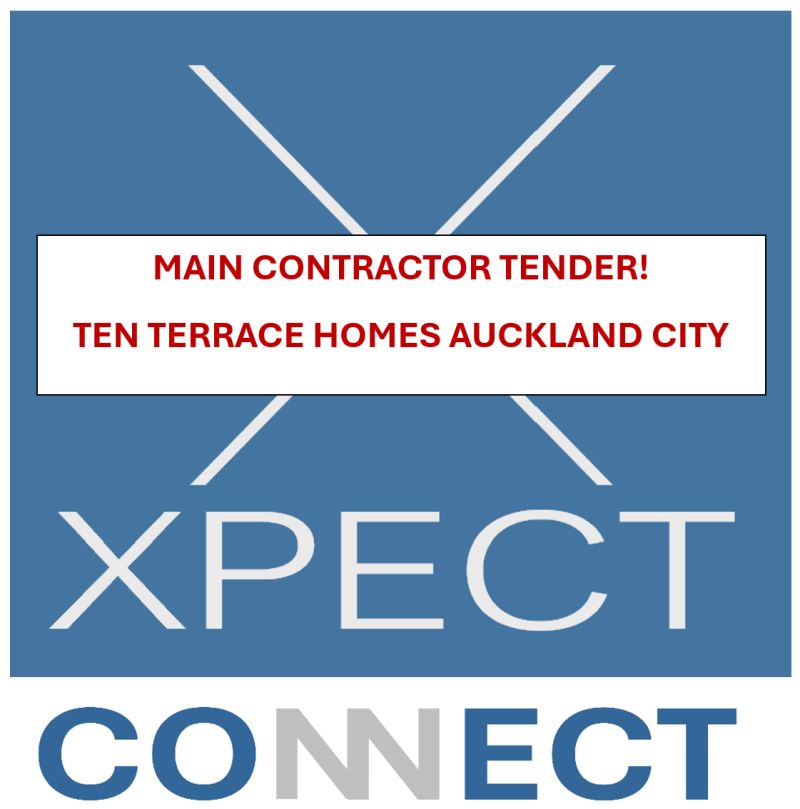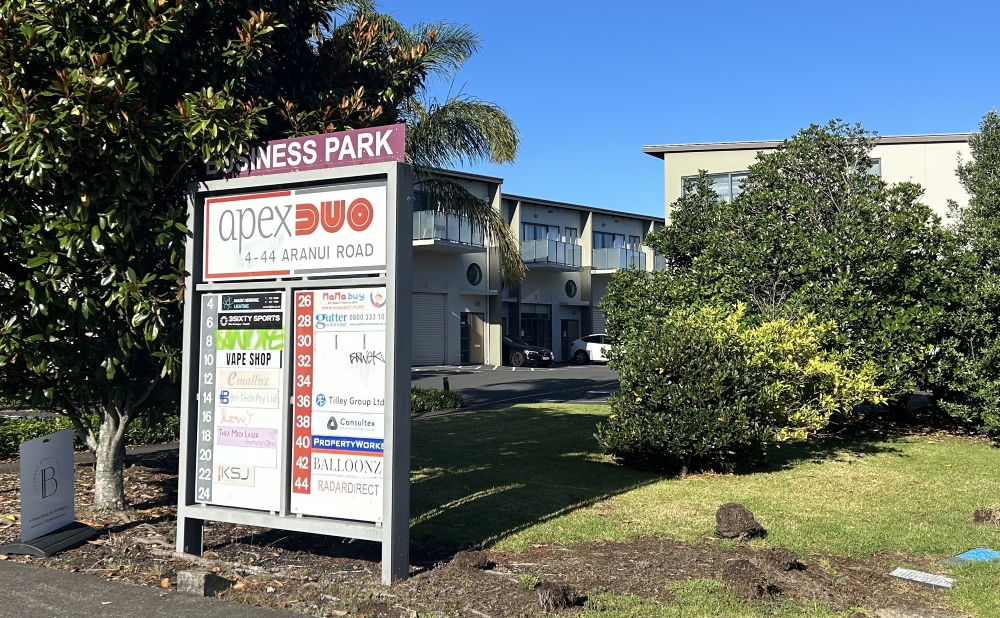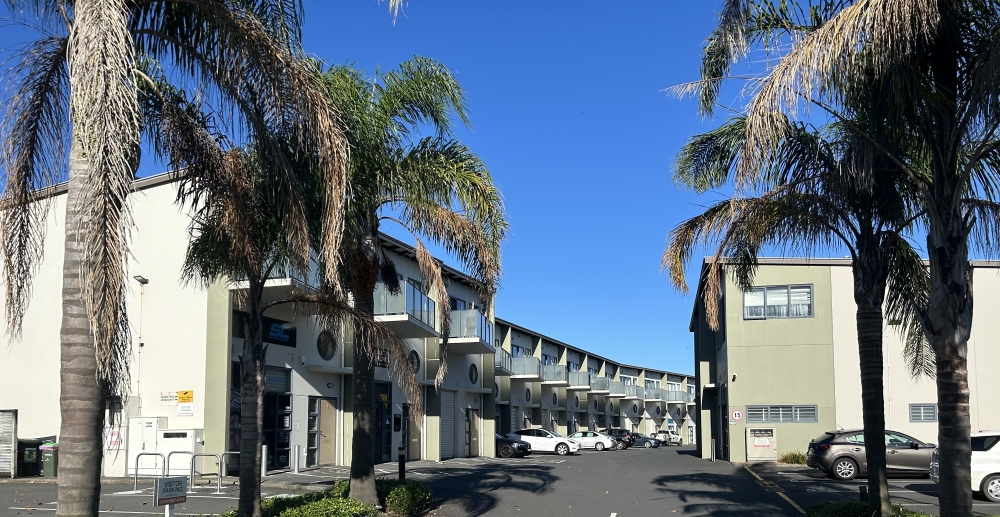As a former CEO of Universal Homes, building hundreds of homes including walk up apartments over the last seven years, I have come to an enlightening conclusion with regards to that what Shane Brealey has achieved with Simplicity Living. The design, method of procurement, construction, tradie interaction and project management with a constant focus on improvement -aka kaizen Toyota- canNOT be replicated by any existing construction firm in New Zealand.
And that means no other firm can secure the substantial cost savings he does in providing mid-level apartment buildings to the build to rent market, or the for-sale market for that matter. I know this for a fact, I sure tried.
I have poured over every detail in his plans, from layout efficiencies to construction junctions. I understand the way he procures and manages the projects. I used experts to reverse engineer every element. I have seen the feasibilities (that’s ridiculous I USED to say) and I have seen what he can pay for land.
My conclusion is simple, easily explained by these four constraints that affect everyone else:
Firstly, the only way to replicate what Shane is done is to first throw everything you currently do in the bin. Every preconception about how people work together and inherent bias, founded on generations of an industry that doesn’t really change anything, but constantly tries using new methods whilst still embedding old attitudes. That gets rid of 90% of the players – because they won’t or more than likely structurally can’t do that.
Second, you need to start again with one person making every single decision. That person needs to understand the complete development ecosystem from tenant needs & management to funding, urban design, architecture, project management to site management and even to the resource and process every subbie performs on site, as well (phew) to the logistics and perhaps even manufacture of every component involved in the final build. Of course, this initial micromanagement actually results in complete hands-off delegation once the decisions are ingrained. Many decisions already made never have to be made again because…
Thirdly, consistency. Every project builds on the previous project. Every project moves forward substantially similar to the one before with subtle improvements. Improvements created -no doubt- by a team in synergy, getting that extra 1% here and there. There are no other ‘different’ projects clouding the production line (from CEO to plumber). Rather than changing everything all the time, improvement is incremental, step by step. And that is greatly helped because of….
Fourth, continuity. You need the team to continue the journey without delay, without downtime, with a pipeline that allows every player to work together (yes subbies advising other subbies!) to get faster/more productive/more quality conscious, because they (everyone!) know they will make more money the next time around from their own productivity increases.
So, unless you are ready to start again, have one key person run the entire show and then get 700 units under your belt doing the same thing every day, what Simplicity Living through Shane and his devout followers has achieved is next to impossible.
Not trying to kiss butt, just saying it as I see it. Could I be wrong?
Andrew Crosby



